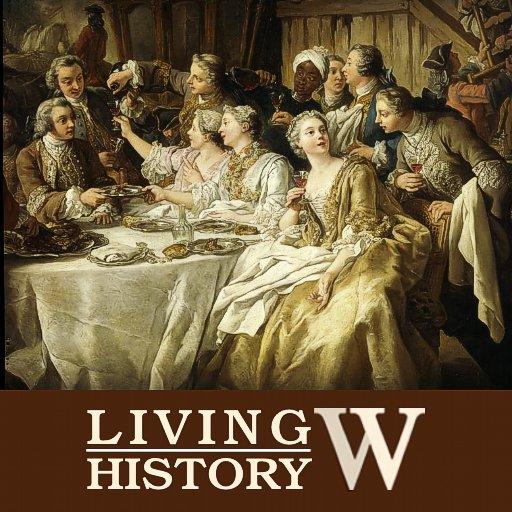Fri 14th February, 2014
Stephen Bax, Professor of Applied Linguistics, has just become the first professional linguist to crack the code of the Voynich manuscript using an analytical approach.
The world-renowned manuscript is full of illustrations of exotic plants, stars, and mysterious human figures, as well as many pages written in an unknown text.
Up until now the 15 th century cryptic work has baffled scholars, cryptographers and codebreakers who have failed to read a single letter of the script or any word of the text.
Over time it has attained an infamous reputation, even featuring in the latest hit computer game Assassins Creed, as well as in the Indiana Jones novels, when Indiana decoded the Voynich and used it to find the Philosopher's Stone.
However in reality no one has come close to revealing the Voynichs true messages.
Many grand theories have been proposed. Some suggest it was the work of Leonardo da Vinci as a boy, or secret Cathars, or the lost tribe of Israel, or most recently Aztecs some have even proclaimed it was done by aliens!
Professor Bax however has begun to unlock the mystery meanings of the Voynich manuscript using his wide knowledge of mediaeval manuscripts and his familiarity with Semitic languages such as Arabic. Using careful linguistic analysis he is working on the script letter by letter.
I hit on the idea of identifying proper names in the text, following historic approaches which successfully deciphered Egyptian hieroglyphs and other mystery scripts, and I then used those names to work out part of the script, explained Professor Bax, who is to give his inaugural lecture as a professor at the University later this month .
The manuscript has a lot of illustrations of stars and plants. I was able to identify some of these, with their names, by looking at mediaeval herbal manuscripts in Arabic and other languages, and I then made a start on a decoding, with some exciting results.
Among the words he has identified is the term for Taurus, alongside a picture of seven stars which seem to be the Pleiades, and also the word KANTAIRON alongside a picture of the plant Centaury, a known mediaeval herb, as well as a number of other plants.
Although Professor Baxs decoding is still only partial, it has generated a lot of excitement in the world of codebreaking and linguistics because it could prove a crucial breakthrough for an eventual full decipherment.
My aim in reporting on my findings at this stage is to encourage other linguists to work with me to decode the whole script using the same approach, though it still wont be easy. That way we can finally understand what the mysterious authors were trying to tell us, he added.
But already my research shows conclusively that the manuscript is not a hoax, as some have claimed, and is probably a treatise on nature, perhaps in a Near Eastern or Asian language.
Find out more about his work at the University's Centre for Research in English Language Learning and Assessment (CRELLA) and also on his personal website www.stephenbax.net
Professor Bax, who was recently awarded the 2014 TESOL International Distinguished Researcher Award for his work on eye-tracking and reading, will discuss this and other research at his inaugural professional lecture at the Universitys Luton campus on Tuesday 25 February at 6pm .
For a complimentary ticket visit: sbax.eventbrite.com
[ Source ]
updated by @leopoldina: 06 Oct 2016 06:27:01AM




.jpg)